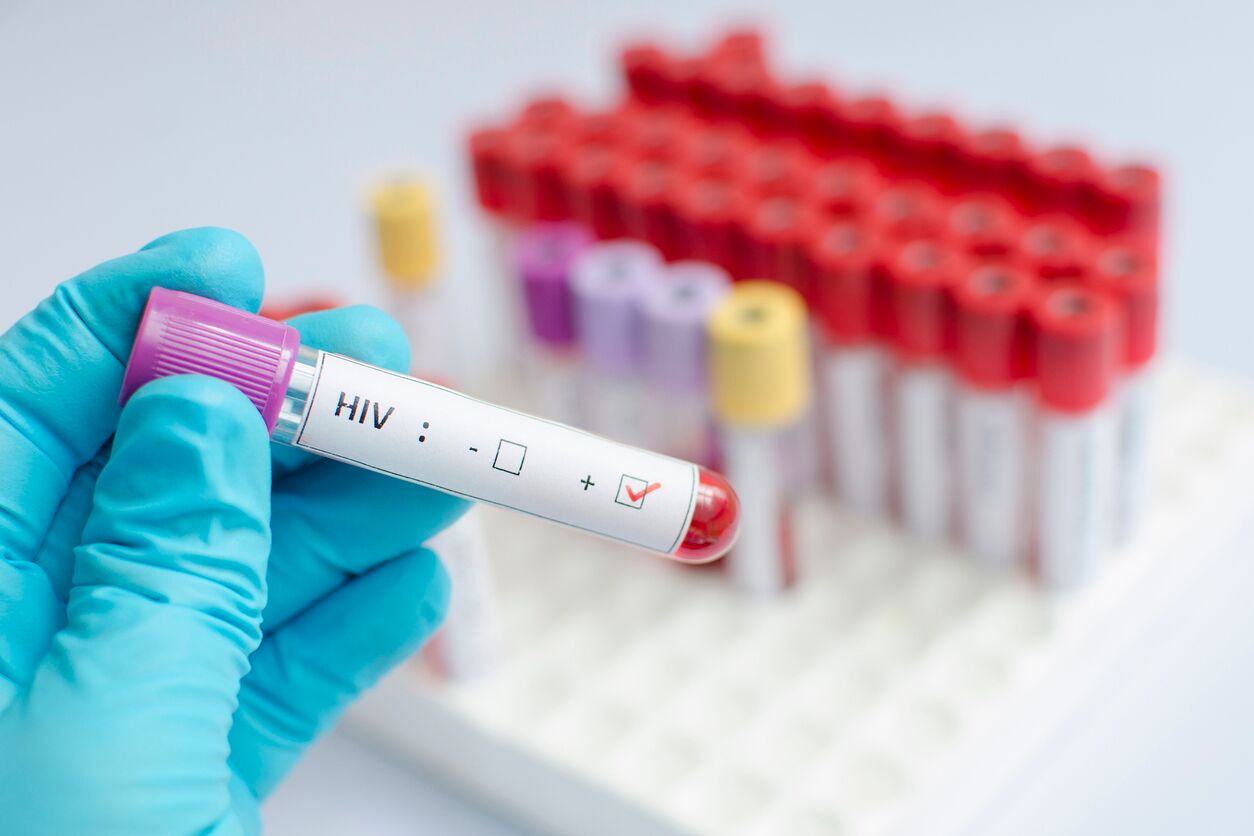Media release
From:
Infectious diseases: HIV-1 remission achieved in second patient
The second recorded case of a patient experiencing remission from HIV-1 infection after stem-cell transplantation is reported in a paper published this week in Nature. Although the patient has so far been in remission for 18 months, the authors caution that it is too early to say that the patient is ‘cured’ of HIV.
There has only been one documented case in which a patient has been cured of HIV after receiving a transplant of haematopoietic stem cells from a donor with two copies of the Δ32 mutation of CCR5. CCR5 is a co-receptor for HIV-1 infection, and homozygous carriers of this mutation are resistant to infection with HIV-1 viruses that use this co-receptor. This previous case, known as the ‘Berlin patient’, occurred 10 years ago, but the treatment was very aggressive and the approach has not been successfully repeated until now.
Ravindra Gupta and colleagues demonstrated the effectiveness of a less aggressive form of this treatment in a patient with HIV-1 who was diagnosed with advanced Hodgkin’s lymphoma in 2012. To treat the cancer, the patient received a transplant of haematopoietic stem cells from a donor with two copies of the CCR5 Δ32 allele. The patient experienced only a mild reaction to the stem-cell transplant. The authors report that the patient became homozygous for CCR5 Δ32 after transplantation, and anti-retroviral therapy was interrupted after 16 months. The authors confirmed that HIV-1 RNA was undetectable, and the patient has remained in remission for an additional 18 months.
These findings demonstrate that the ‘Berlin patient’ was not an anomaly and provide further support for the development of approaches that target CCR5 as a strategy for HIV remission.
Expert Reaction
These comments have been collated by the Science Media Centre to provide a variety of expert perspectives on this issue. Feel free to use these quotes in your stories. Views expressed are the personal opinions of the experts named. They do not represent the views of the SMC or any other organisation unless specifically stated.
Professor Anthony Kelleher is Director of the Kirby Institute, UNSW Sydney
Over a decade ago, Timothy Brown, also known as the ‘Berlin patient’, underwent a unique bone marrow transplant to treat leukemia and became the first documented case of a HIV cure. Unlike most bone marrow transplants, Tim was re-infused with cells from a donor whose cells were resistant to HIV based on a unique mutation in their CCR5 gene.
While several other attempts have failed, this study by Gupta et al. of a single case has now generated an encouraging result. It importantly teaches us two lessons: 1. This first cure was not an anomaly. 2. It can be achieved using clinical approaches that are less aggressive than those used in the Berlin patient.
This is a very interesting and encouraging result; however we need to be cautious for a number of reasons.
Firstly, the bone marrow transplant in both HIV cure cases were primarily used to treat cancers of the blood and were modified to enable a HIV cure. So, the cost benefit of the prognosis following a bone marrow transplant versus that on HIV antiretroviral therapy needs serious consideration. Secondly, naturally resistant and compatible bone marrow donors are rare because of the need for donor recipient matching. Further, this type of procedure is not widely available in many countries. Finally, there is significant morbidity and mortality associated with this type of transplantation, even when conducted in the best centres, and under the best circumstances.
While there are important limitations to applying this study to a HIV cure globally, this second documented case does reinforce the message that HIV cures are possible. Common to both approaches is the presence of a modified gene in our immune system (CCR5) that is necessary for HIV infection. This tells us that the feasibility, and importantly, the availability of delivering this approach could possibly be achieved by the rapidly accelerating field of gene editing and related gene therapies. However, there are still significant hurdles in this field as well. These approaches are being investigated by many laboratories worldwide, including in ours at the Kirby Institute.
The so-called London Patient has now been off ART for 19 months with no viral rebound which is impressive, but I would still be closely monitoring his viral load. This is a long time to be in remission off ART, so this is exciting’’.
Coming 10 years after the successful report of the Berlin Patient, this new case confirms that bone marrow transplantation from a CCR5-negative donor can eliminate residual virus and stop any traces of virus from rebounding. Two factors are likely at play – the new bone marrow is resistant to HIV and also the new bone marrow is actively eliminating any HIV-infected cells through something called graft versus host disease. There are similarities with the Berlin Patient case, but there are also differences.
Professor Sarah Palmer is the Co-Director of the Centre for Virus Research at The Westmead Institute for Medical Research and Professor in the Faculty of Medicine at the University of Sydney
This is encouraging news. This research further confirms the promising HIV curative effects of bone marrow transplantation from the relatively few persons who have the HIV resistant cells known as CCR5/delta32 hematopoietic stem cells. However, this curative process is not yet applicable to tens of millions of other HIV-infected individuals worldwide. Next steps should be focused on how to do so.



 Australia; International; NSW; VIC
Australia; International; NSW; VIC



